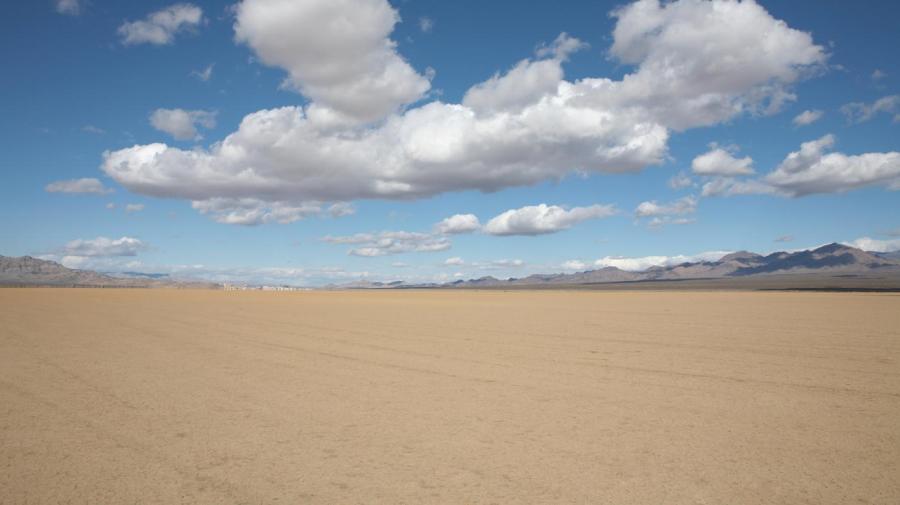What Are Nevada’s Natural Resources?

Nevada contains many unique natural resources, such as copper, gold, silver, tungsten and mercury. Lake Tahoe, in western Nevada, is a major natural source of the state’s water. In eastern Nevada, the limestone geology adds to the expansive wealth of the state’s natural resources. Nevada also boasts mines for various mineral deposits.
Mining is Nevada’s most profitable exploitation of natural resources. Gold is the most profitable resource in Nevada. In fact, Nevada mines around three-fourths of the gold in the United States and is also a lead producer of silver. Other natural resources mined in Nevada are diatomite, barite, gypsum, limestone, lithium, clays, copper, carbonate, magnesite, oil, salt, sand and gravel.
Nevada contains two national forests, Humboldt National Forest and Toiyabe National Forest, three national parks and 23 state parks. The purpose of these forests and parks is to protect the natural resources they contain for future generations to enjoy.
Petroleum is another natural resource found in Nevada. It was discovered in 1954 in Nye county. In the 1970s, commercial production of petroleum spread into Eureka and Elko counties.
While coal and natural gas serve as Nevada’s major energy sources, solar plants, hydroelectric power and wind turbines are growing in use. The Hoover and Davis Dams are also major power sources for the state.
As energy costs rise, Nevada is looking to its natural resources for alternatives.





